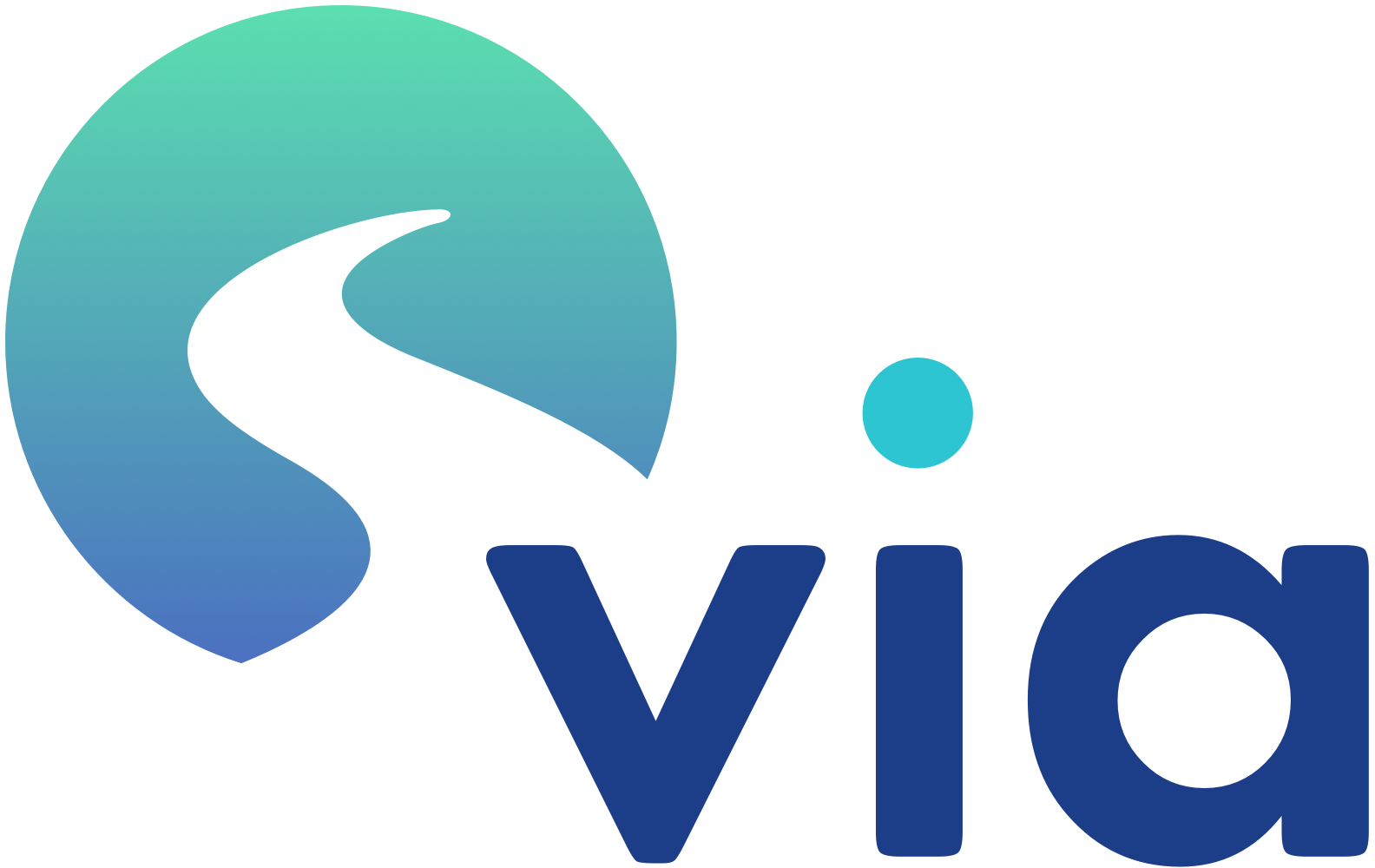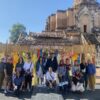En-Chi Angel Chang
I’ve been dreaming of becoming a surgeon since I was a little girl. However, somehow I was discouraged by the current medical system’s situation in Taiwan. Now that I have the opportunity to shadow in one of the best orthopedic institute in the United States. I have been so excited about shadowing since the beginning of the program.
Dr. Kinjo is a very charming and nice person. I was assigned to the OR in the morning and to the hand center clinic in the afternoon. In the morning I’ve observed four surgeries including achilles, shoulder, knee, and hip repair. And In the afternoon I shadowed under Dr. piper, the hand surgeon.
In the morning, I was so overwhelmed when I stepped in the OR room. There were so many people busy working around and I was the only one standing like an idiot. However, soon I found out that no one cared about me blocking the room. So finally I relaxed.
As a first grade MED student, I don’t know a lot of professional knowledge. However I still tried to compare between different systems between two cultures. Below are some comparisons between Taiwan and the United states OR room I have observed:
I was very surprised by the working attitude of Dr. piper, the hand attendant who I was shadowing with. Though she is always busy working on the patients and walking between rooms and rooms, she showed equal passion to every patient she encountered. Even sometimes something happened that made him unhappy, she still always leave her emotions outside of the clinic room. She’s always so passionate, so friendly, and most important of all, so understanding. I really admire her positive attitude toward everything.
This is one of the most amazing experience that ever happened in my life. I got to see the differences and the similarities between the medical system between two countries, I got to observe how the doctors communicate. Though the payment fee for shadowing is so expensive but I still think it really worths it :)))
Rika Terashima
I shadowed at the UCSF Orthopedic Surgery Institute with Dr. Kinjo. In the morning, I observed surgeries being conducted in the OR (Operation Rooms) and in the afternoon, I participated in physician shadowing at the clinic. One of the unique traits of this particular institute was that it specializes in treating only outpatients. There are no beds for inpatient hospitalization, and all surgeries that require hospitalization would be conducted at the main hospital. Therefore surgeries at this institute are focused on fast recoveries, and the patients who visit the clinic come either for a pre-surgery check up or a post surgery follow up.
In the OR, I observed three different types of surgeries. The first was a knee joint arthroscopic surgery. The second was a shoulder joint surgery where the surgeon removed a piece of cartilage that was obstructing the patient’s arm movements. Finally, the last one was a shoulder/ bicep surgery to reattach a torn ligament to a healthier stronger tissue. If the ligament had torn in the middle, it would only cause mild symptoms for the patient, but in this case, one of the two anchors located on both sides of the ligament had torn. This tear thus caused the entire ligament to spring up and provoked severe symptoms for the patient. All three surgeries were arthroscopic surgeries, meaning they used an arthroscope, a camera-like medical equipment, to preform the surgery. I noticed that the reason why this institute focuses on arthroscopic surgeries is because the recovery time for patients who receive arthroscopic surgeries is a lot quicker than those who receive the traditional surgeries. Arthroscopic surgeries don’t require any cutting and the scar is limited to perhaps two dots whereas traditional surgeries will leave a larger scar. Another interesting factor about the American OR was the variety of medical associated staff. There were one or two main surgeons, a surgeon technician, a nurse, a nurse assistant, a resident, one or two medical student observers, and an anesthesiologist. Some of these roles are not found in Japanese ORs and a nurse or a surgeon may play many different roles to accommodate for the lack of people. It was fascinating to be able to compare the differences in the two countries’ OR system.
At the clinic, I was able to see with my own eyes the differences in the patient-doctor relationship in Japan and the United States. I found it interesting and almost amusing that the physician looks so stern and concentrated when reading the doorway information but immediately turns bright and overly cheerful when entering the room. The physician exclaims, “How have you been doing? Have you been traveling? You look great!” One of the patients even greeted the physician by yelling out “MY HERO!!” and hugging him. During the checkup or follow up, the patient and the doctor talked about non-medical topics for a very long time. I even felt nervous listening to the conversation because I kept wondering when the conversation was going to get back on track. Also, I discovered that in America, patients are not passive victims of the disease but active fighters. Many patients came prepared with background research, second opinions, and questions to ask the doctor. They had notebooks to keep track of their own medical information and some even took notes of the doctor’s explanation. In addition to the physician shadowing, I was able to see a resident do a full history taking on a new patient. The entire history taking was completely breathtaking. She did a perfect job in covering all necessary points, empathizing with the patient’s pain, and she even managed to do a simple physical examination. Afterwards, the resident presented an impressive case study presentation to the doctor which included small details about the patient, such as the patient’s frustration from being restricted from a daily activity, that would help the doctor connect with the patient. The resident’s medical history taking and physician check up system flowed efficiently both in terms of time and patient satisfaction.
Overall, this shadowing experience has been educational, stimulating, and extremely motivating for me. I hope to apply what I learned here to my future studies.






